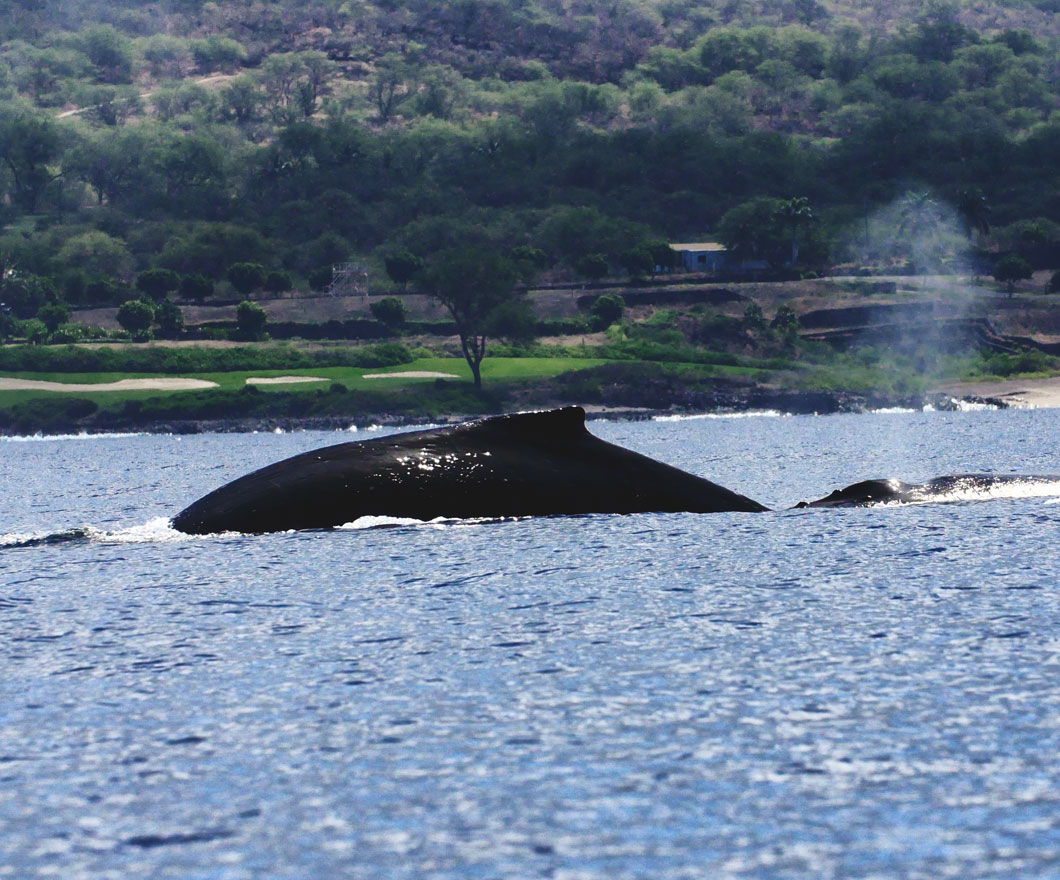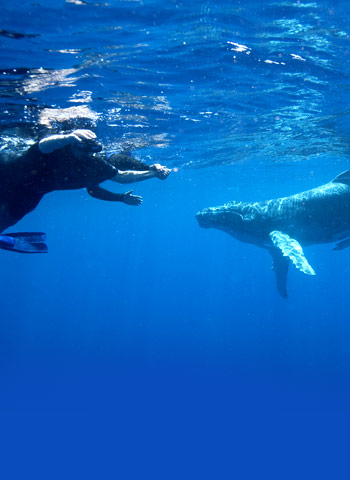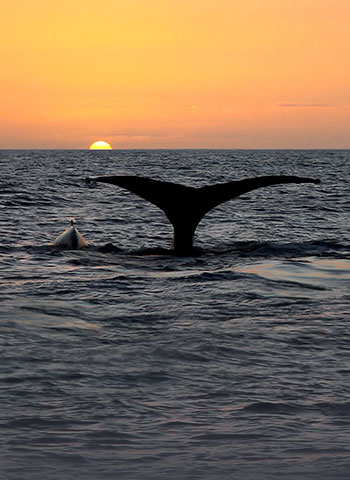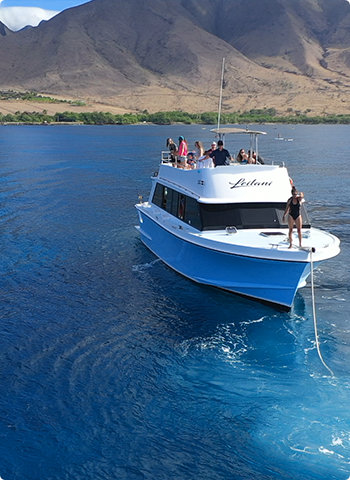Marine scientists have noted that they can travel between 3-7 miles per hour, with very few stops. It is believed that each one-way journey can take up to 4-6 weeks, and as little as 36 days. It is also believed that an average of 8,000-10,000 humpback whales visit Hawaii every year, and the number is growing with the increase in population.
Why do the North Pacific
humpback whales migrate
to Hawaii?
The humpbacks travel from the cold Alaskan waters to the warm, subtropical climate of Hawaiian oceans for three main reasons; to breed, to birth, and to raise their young calves in safety. Humpback whales have an 11 to 12-month gestational period, so baby humpback calves are both conceived and birthed in Hawaii. So, it is safe to assume that last season’s breeding, becomes the following season’s birthing. Marine scientists believe that humpback whales enjoy Hawaii’s oceans for the warm waters, the variety of ocean depths, underwater visibility, and the lack of natural predators.
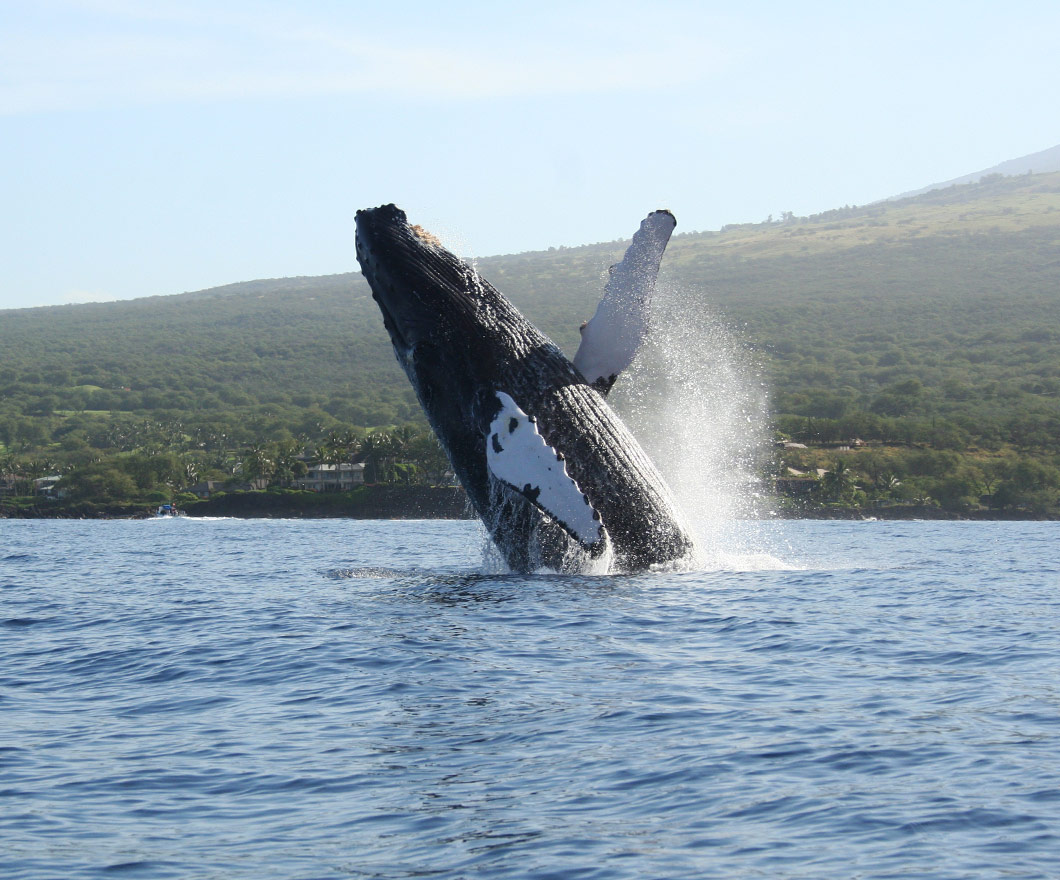
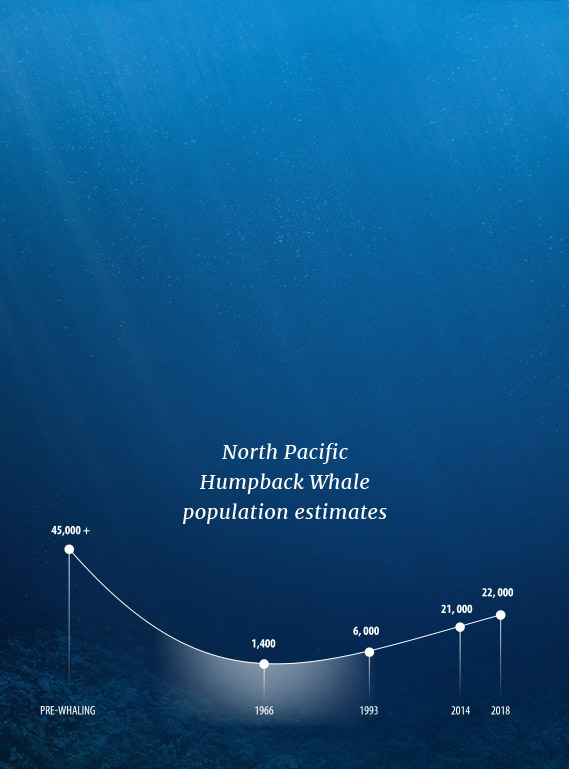
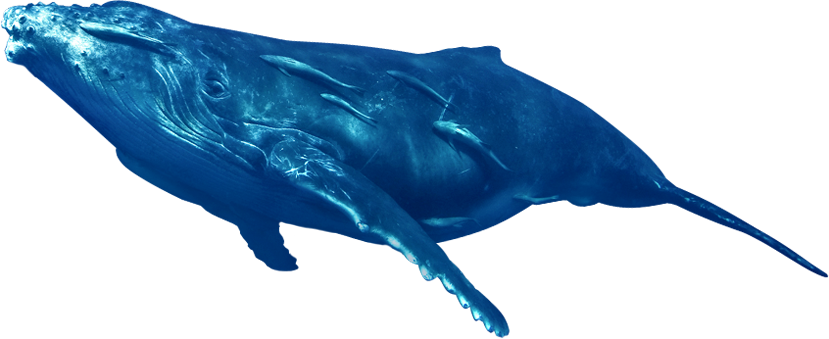







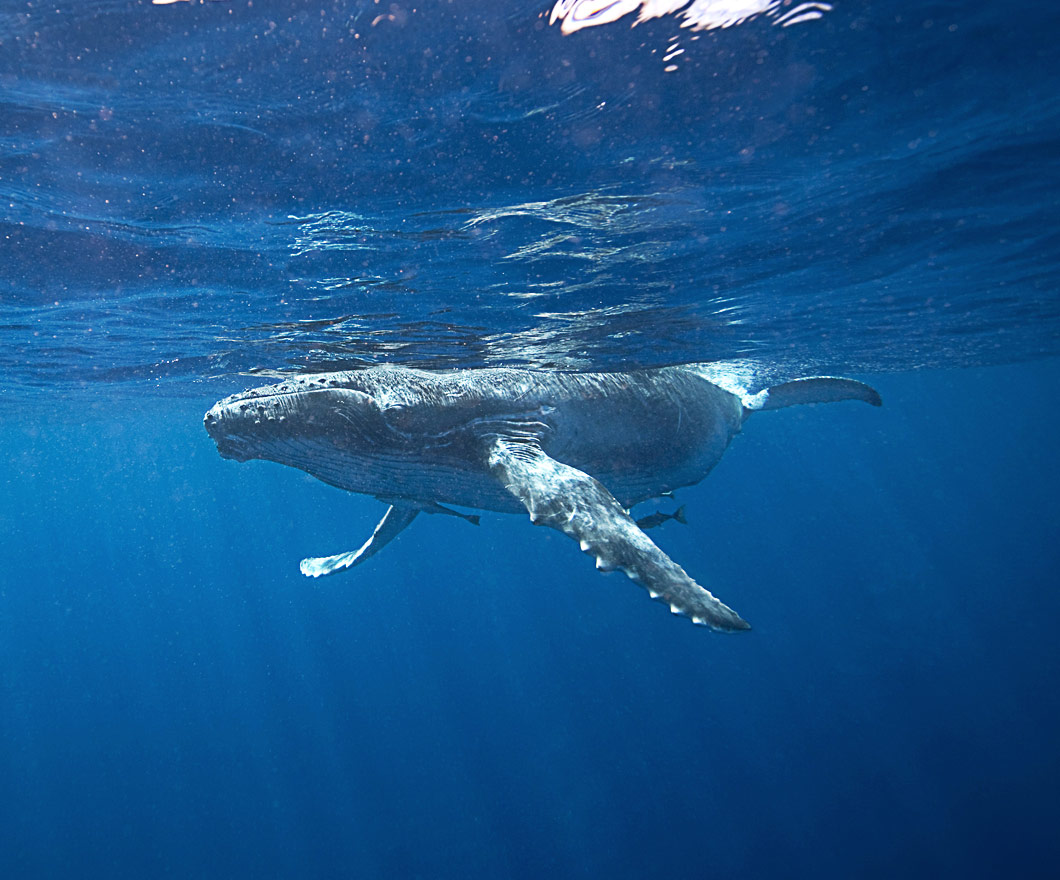
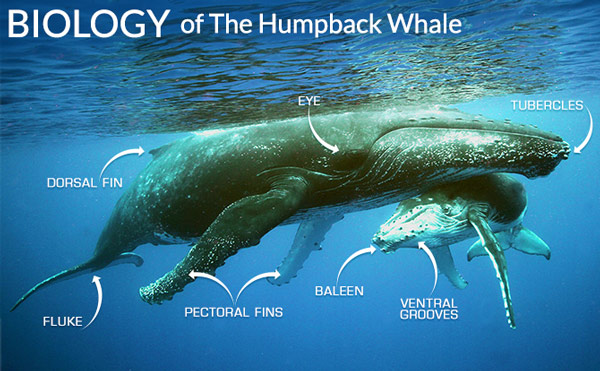
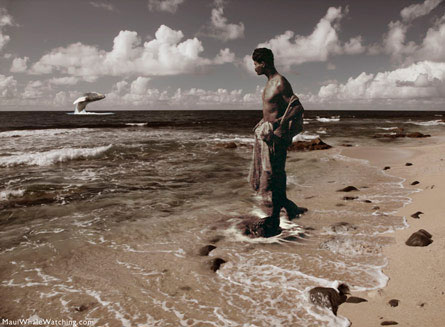
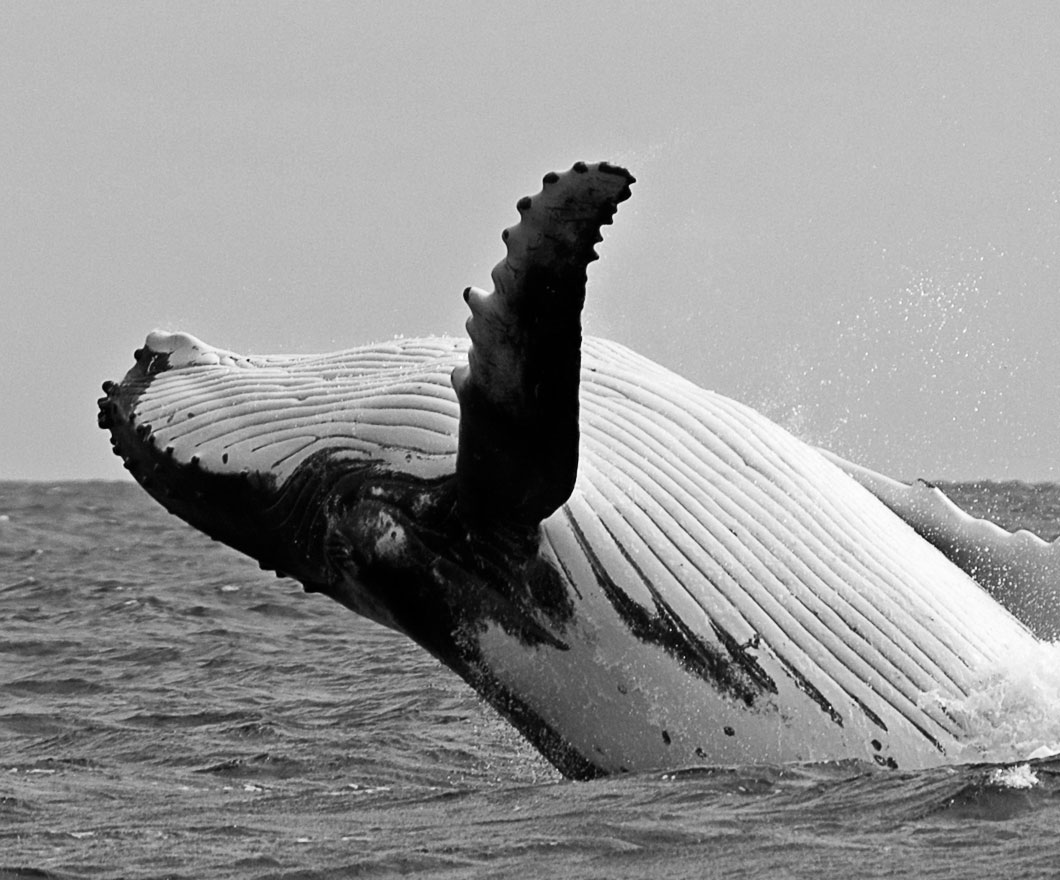
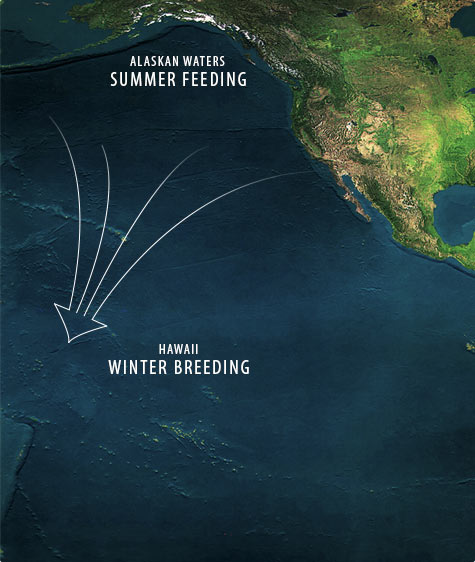
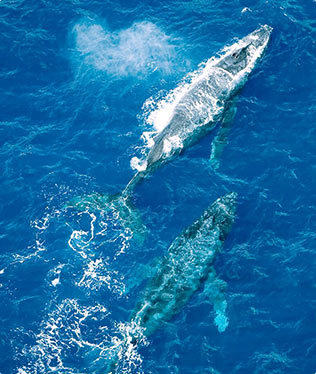
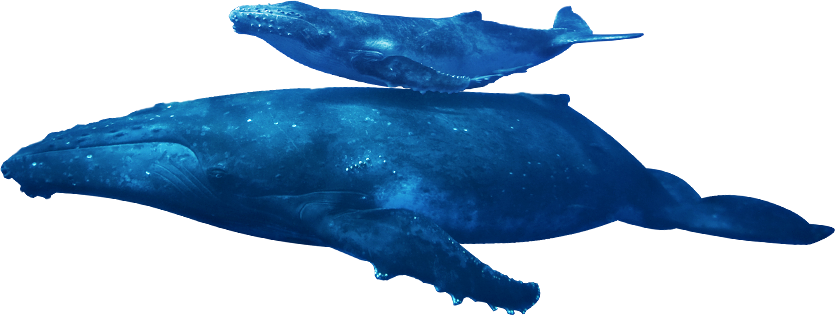
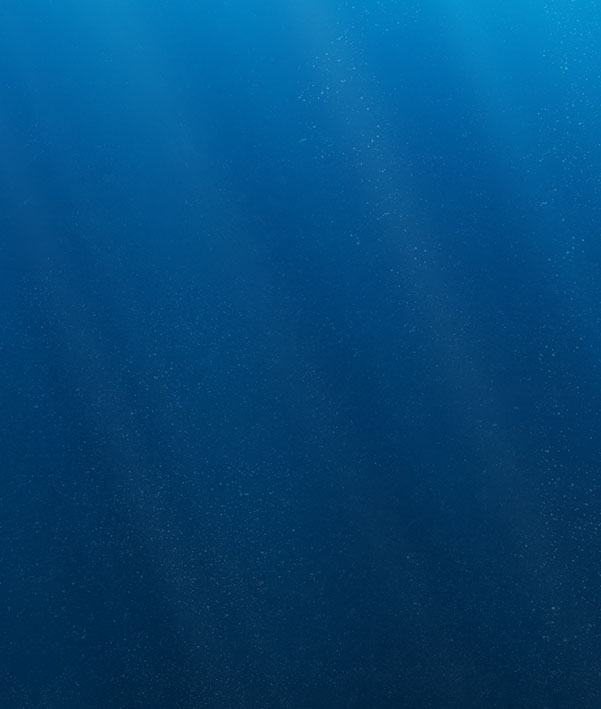

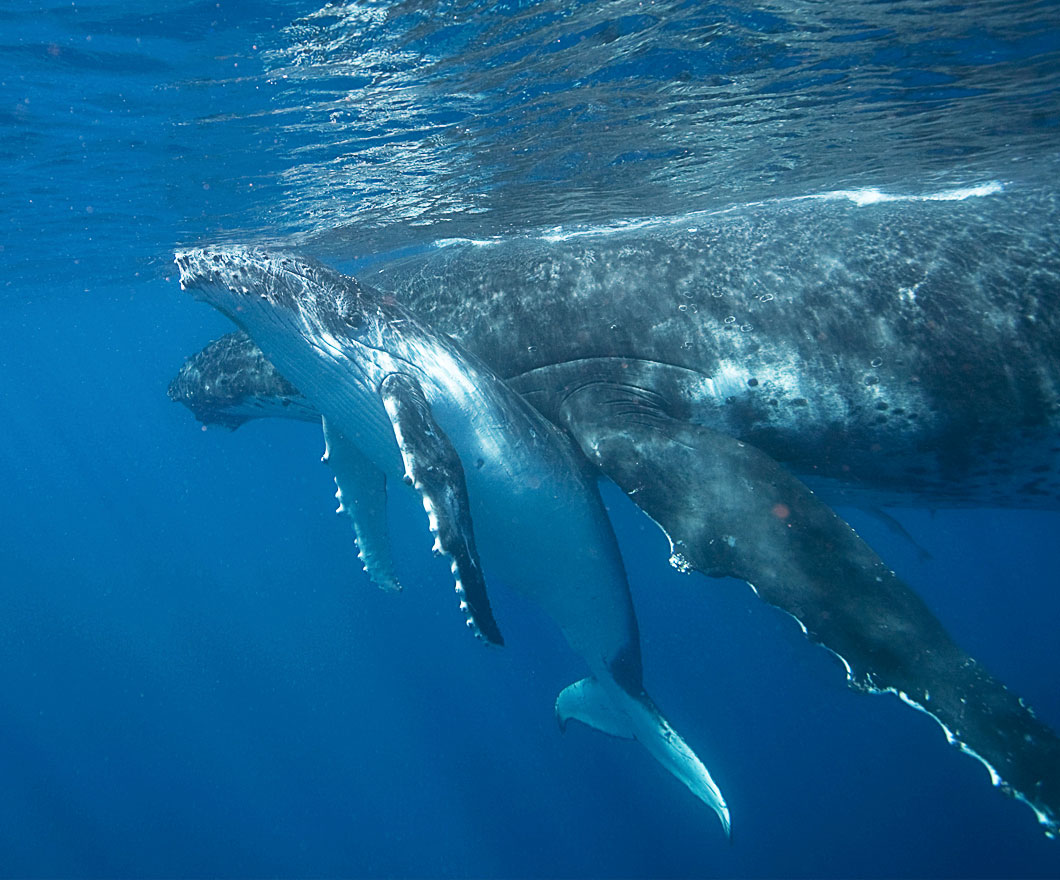
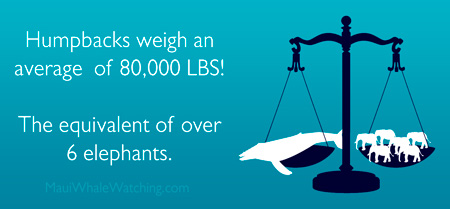 Males do not play a parental role in the early life of calves, and research has noted that genetic testing shows that over the breeding life of an individual female, calves will have different fathers. Post-mating, female humpback whales, are rarely seen in the presence of the males in which they mated.
Males do not play a parental role in the early life of calves, and research has noted that genetic testing shows that over the breeding life of an individual female, calves will have different fathers. Post-mating, female humpback whales, are rarely seen in the presence of the males in which they mated.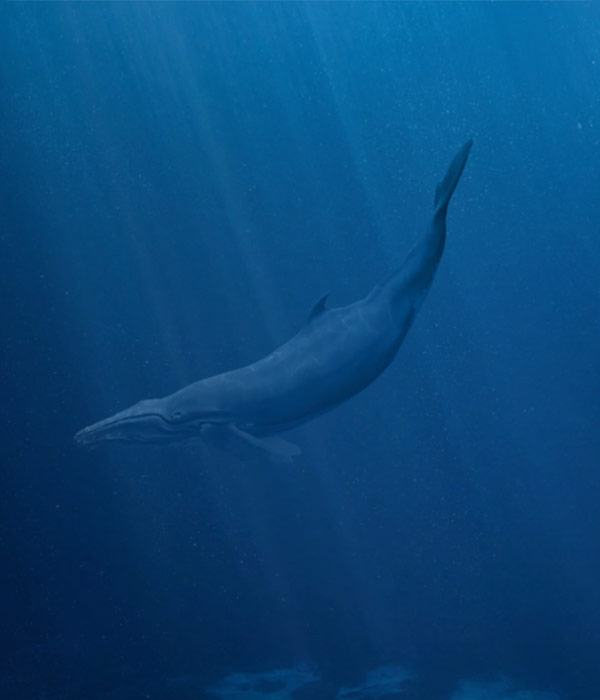
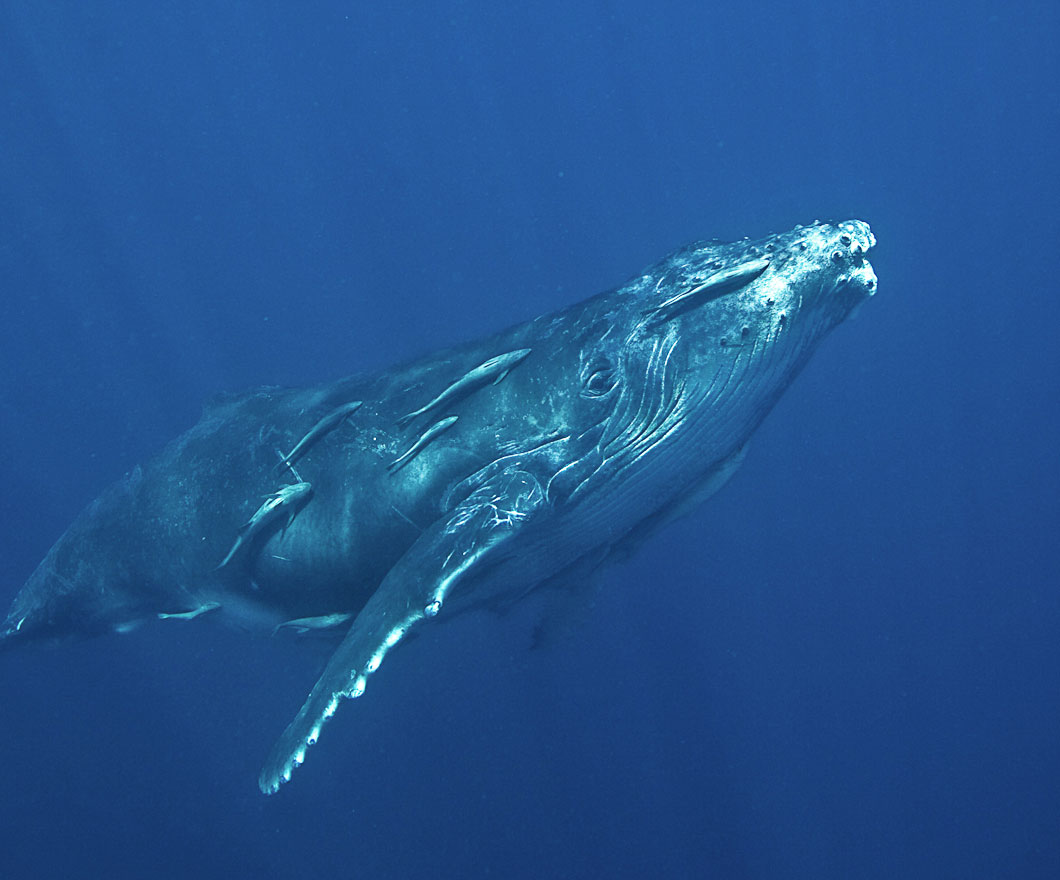
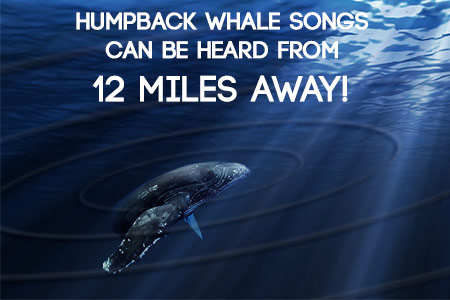 Not all humpbacks sing; it is only specific males, and those males are lone mammals. They are singular in their species, and it is unknown if these whales breed, or if the skill blossoms at a specific age.
Not all humpbacks sing; it is only specific males, and those males are lone mammals. They are singular in their species, and it is unknown if these whales breed, or if the skill blossoms at a specific age.